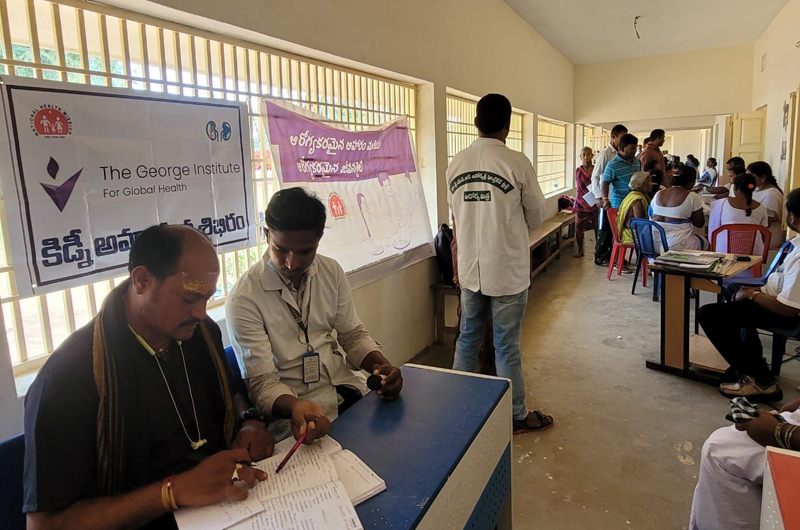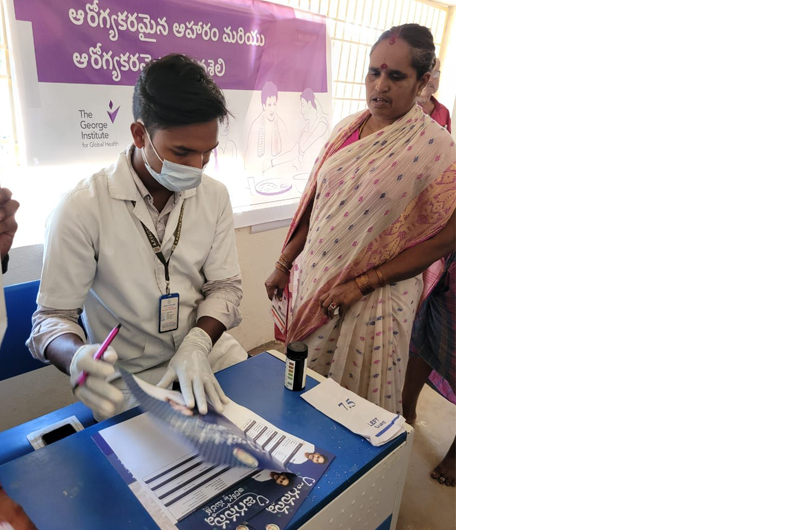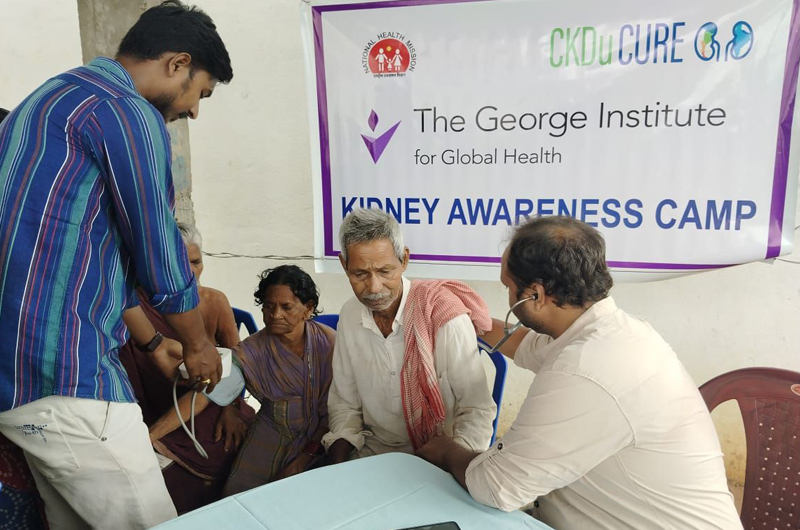Rina Mukherji summarises findings by the George Institute for Global Health about the rising fatalities due to CKD or chronic kidney disease in a coastal village of Andhra Pradesh
A recent study by the George Institute for Global Health using the computerised smart verbal autopsy (SVA) tool has confirmed that chronic kidney disease (CKD) is the main cause of deaths in the coastal Uddanam Village in Srikakulam District in Andhra Pradesh. According to the study, the prevalence of CKD there is 2.5 to 3.3 times higher than in other regions of India. Reports in the press have been highlighting deaths due to CKD in the village. The George Institute study estimates that the prevalence of CKD in the area is 18-22 per cent.

The population-representative study conducted by researchers using the SVA tool was recently published in the Kidney International Report Journal. The tool uses a computerised algorithm to interpret data from interviews with the kin and caregivers of deceased individuals. Validated by the Population Health Metrics and Research Consortium under various settings, it uses a predefined set of questions to collect data regarding the indications, symptoms and cause of death. A general population sample of 2,419 individuals in Uddanam from 2018 to 2022 was used for the study.
The key findings were:
- CKD accounted for a significant 45 per cent of all recorded fatalities in the Uddanam region, making it the leading cause of mortality.
- The high crude death rate in Uddanam was 5.5 per cent, which is ten times higher than the rate reported in national surveys.
- The high death rate among adults above 20 years of age suggests a major problem and a major health risk to the local community.
Currently, CKD is the fastest growing cause of death worldwide and is projected to rise as a cause of death in the future, with the greatest increases being forecast in low and middle-income countries. In India, a 50 per cent increase in CKD as a cause of death was recorded between 2001 and 2003 and between 2011 and 2013 among persons aged 15 years to 69 years.

However, reporting on the cause of death is problematic in many jurisdictions, including India, since many deaths occur at home and are either not reported at all or reported by untrained persons. With only 22.3 per cent of all deaths being medically certified, there is uncertainty regarding the cause of death in most situations. Only 22.3 per cent of the total registered deaths in 2020 were medically certified. Despite reports of many deaths due to CKD in the lay press, the exact contribution of CKD to deaths remains uncertain because most deaths occur outside medical care.

Uddanam is an agricultural area and the CKD cases reported from there are of unknown etiology. Currently, CKD of unknown etiology is mostly encountered among rural agricultural communities such as Uddanam. Given the situation, the study emphasises the importance of developing targeted methods for early detection, diagnosis and treatment of CKD, and urges the mobilisation of resources and public health initiatives to combat the disease.
(The writer is a senior freelance journalist who lives in Pune.)



 from Webdoux
from Webdoux